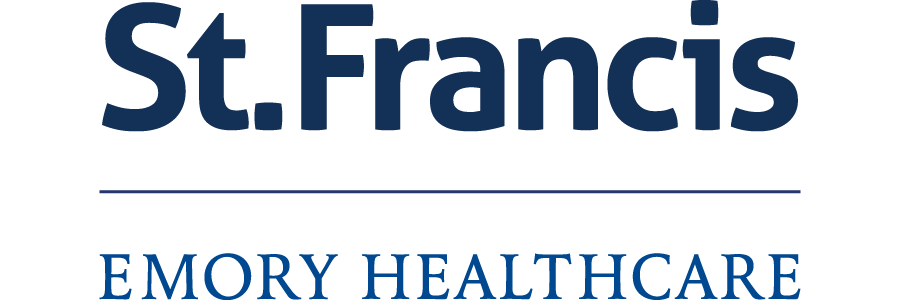The Stroke Rehabilitation Program
Rehabilitation of the patient with a stroke begins during the acute treatment phase. As the patient's condition improves, a more extensive rehabilitation program is often begun.
The outlook for stroke patients today is more hopeful than ever due to advances in both stroke treatment and rehabilitation. Stroke rehabilitation works best when the patient, family, and rehabilitation staff work together as a team. Family members must learn about impairments and disabilities caused by the stroke and how to help the patient achieve optimal function again.
The goal of stroke rehabilitation is to help the patient return to the highest level of function and independence possible, while improving the overall quality of life--physically, emotionally, and socially. Rehabilitation is designed to meet each person's specific needs; therefore, each program is different. Some general treatment components for stroke rehabilitation programs include the following:
- Treating the basic disease and preventing complications
- Treating the disability and improving function
- Providing adaptive tools and altering the environment
- Teaching the patient and family and helping them adapt to lifestyle changes
According to the National Institute of Neurological Disorders and Stroke, in general, there are several types of disabilities that stroke can cause: paralysis or problems controlling movement such as walking or balance and/or swallowing; sensory (ability to feel touch, pain, temperature, or position) disturbances; difficulty using or understanding language; thinking and memory problems, and emotional disturbances. Stroke rehabilitation can help you recover from the effects of stroke, relearn skills, and find new ways to perform tasks. Variables to stroke rehab include the following:
- Cause, location, and severity of stroke
- Type and degree of any impairments and disabilities from the stroke
- Overall health of the patient
- Family support

